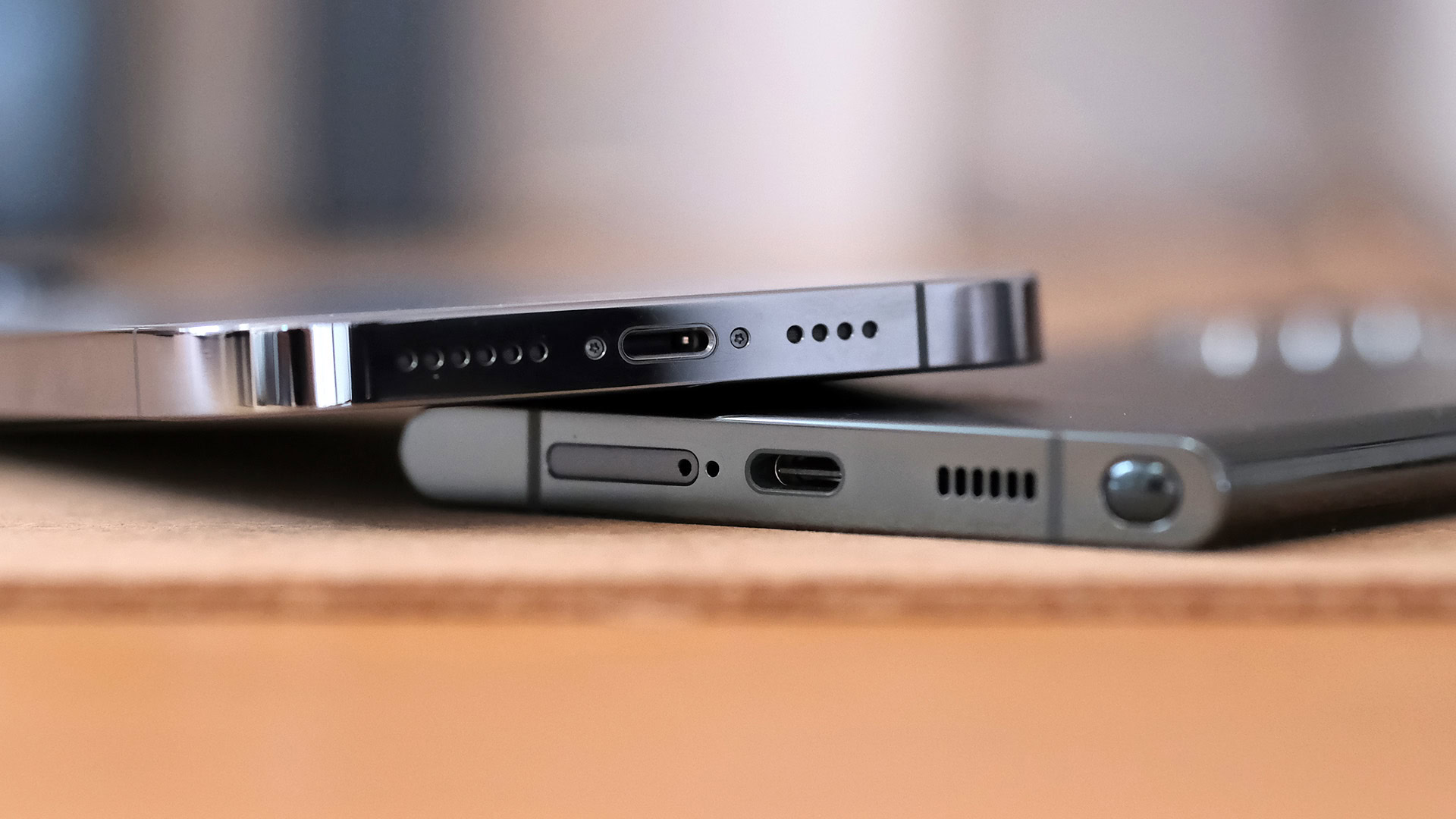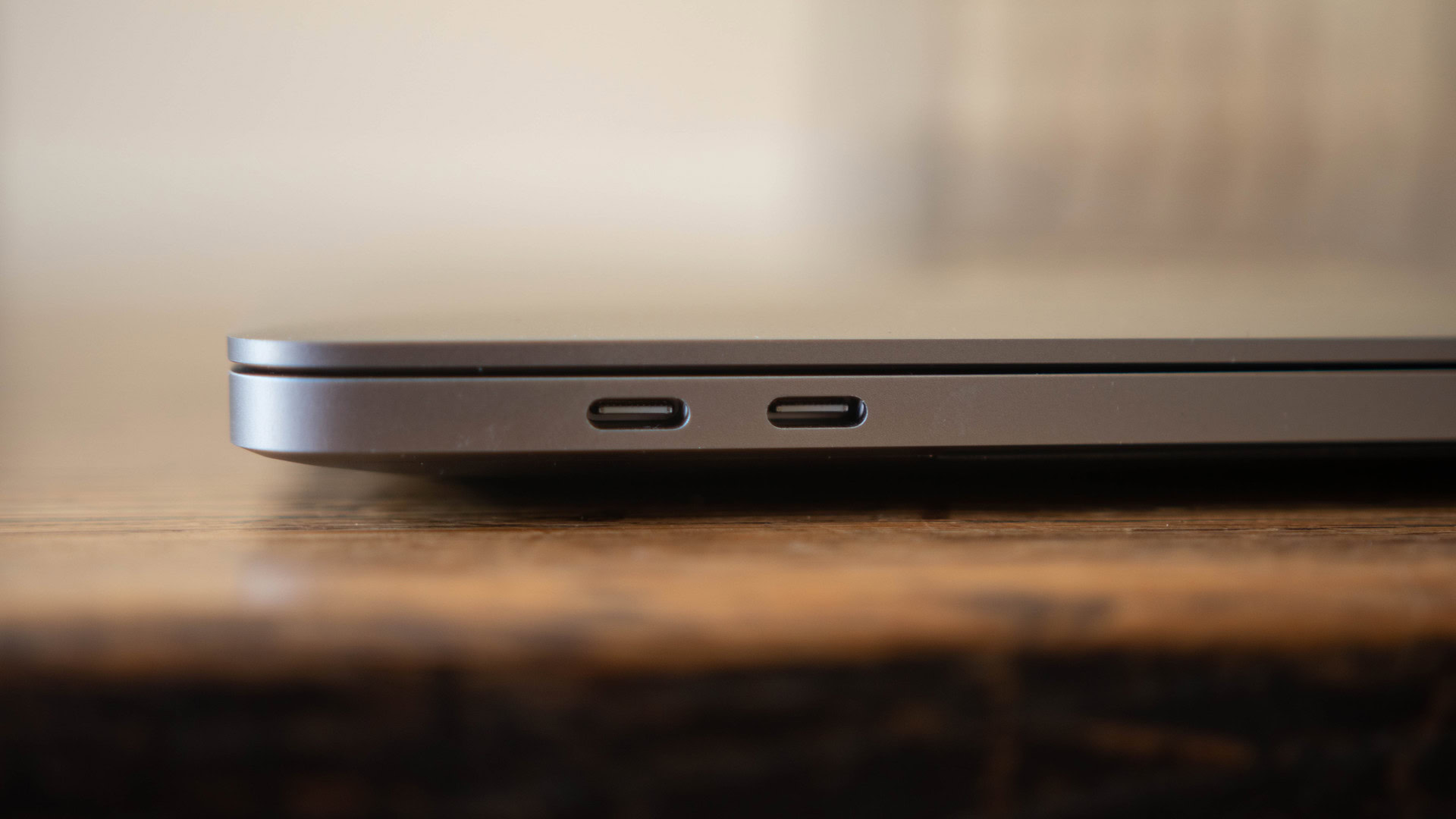Affiliate links on Android Authority may earn us a commission. Learn more.
It's not the USB-C port, it's what you do with it that counts

The European Union’s requirement that gadgets charge exclusively via USB-C ports from 2024 is a welcome move in many corners. It primarily affects Apple’s stubborn attachment to the Lightning port in lieu of the far more universally adopted connector, cables, and chargers. But it also means the end of new USB-A and micro-USB-powered accessories, ranging from headphones to portable speakers. The exception is laptops, which have a 40-month reprieve until 2025.
That sounds like good news — no one wants to be faffing around with different cables and chargers, after all. Plus, the EU directive estimates moving entirely to USB-C will reduce greenhouse gas (GHG) emissions by around 180ktCO2e, material use by about 2,600 tons, and e-waste by 980 tons every year. So what’s not to love?
Despite the good intentions, mandating USB-C ports doesn’t solve the big problem with the standard: one cable for everything doesn’t always work that well in practice.
Read more: It’s been years, and USB-C is still a mess
One size doesn’t quite fit all

USB-C is a powerful, flexible connector, but the port isn’t the only factor; the Alternate Mode standards supported by devices at both ends of the cable matter just as much. For instance, USB-C headphones only work if your phone, tablet, or laptop supports USB-C audio. Likewise for Ethernet and DisplayPort monitor support over USB. Even data transfer speeds are dependent on the port’s sub-rating, such as USB 3.2 Gen 1 or Gen 2, USB 4, or Thunderbolt 4. Not to mention that you need the right cable to maximize data and power transfer between gadgets. Confusing is an understatement.
We’ve also seen how easily the standard can be broken. A small number of USB-C gadgets, such as the Insta360 Go 2 and the Bob & Brad Q2 massager gun of all things, only charge with a C-to-A cable rather than C-to-C. Meanwhile, other devices outright refuse to work with out-of-spec cables sold for cheap on various marketplaces. For example, OnePlus cables wouldn’t charge Pixel phones back in 2015, and some cables still don’t. Following that, Google’s 3.5mm adapter and USB-C earbuds didn’t work on OnePlus phones.
Poorly implemented USB-C accessories and gadgets are another source of frustration and waste.
You’re not alone if you’ve ever been frustrated when plugging in a cable only to find the feature you want isn’t supported or doesn’t work properly. USB-C feature support is frustratingly opaque and mandating that gadgets charge using this port certainly won’t solve this bugbear. In addition, poorly implemented cables and accessories add to eventual e-waste too.
Related: The best USB-C cables you can buy
That said, the EU is doing what it can to make sure charging works more seamlessly. The directive requires that USB-C gadgets “charging at voltages higher than 5 volts or currents higher than 3 amperes or powers higher than 15 watts, incorporate the USB Power Delivery charging communication protocol.” In theory, all USB-PD plugs will work with all higher-power USB-C gadgets going forward, reducing the need for multiple plugs for different gadgets and charging standards. That said, the industry has already moved quite far in this direction, but this will help reduce e-waste a bit faster. However, it won’t necessarily remove duplicate plugs entirely.
USB-C feature support is infuriatingly opaque and there's no solution forthcoming.
Case in point, the directive doesn’t prevent manufacturers from using proprietary standards in addition to USB Power Delivery. That’s probably a good thing to avoid stifling innovation but still means that some phones and other gadgets may continue to charge much faster with some plugs than others. This is further complicated by the fact that a lot of phones are already moving over to the more flexible USB Power Delivery PPS variant for more efficient charging, not to mention the host of older USB-A, Quick Charge, and other plugs/accessories many consumers already own.
While there will be some simplification going forward, the USB-C charging landscape will still be varied and confusing for most consumers come 2024 and beyond.
What’s to be done with USB-C?

The EU’s move is, on balance, a welcome one that will help reduce plug e-waste and abate a few of the charging irritants that we’ve come to live with in the eight years since the 24-pin reversible connector was first announced. But with that timeframe in mind, mandating the charging port so late in the game is perhaps too little too late, especially since the law won’t come into effect until 2024 or later for laptops and only addresses the charging issue. In that time, millions more gadgets and chargers that make USB-C a messy and annoying standard to deal with will have been sold and quite likely dumped in landfills.
Unfortunately, the EU and other regulators are stuck playing catch-up with a standard that has mutated into something quite unwieldy. While a lot of the attention has rightly been focused on Apple’s reluctance to play ball with the wider industry, that same industry has taken the USB-C standard and often failed to implement it in a way that ensures a cohesive, simple-to-understand ecosystem. Charging is certainly USB-C’s most consumer-unfriendly and wasteful failing, but the broader e-waste problem won’t be solved until all accessories work seamlessly on any USB-C port you plug them into.
Top tips: How to pick the right phone charger